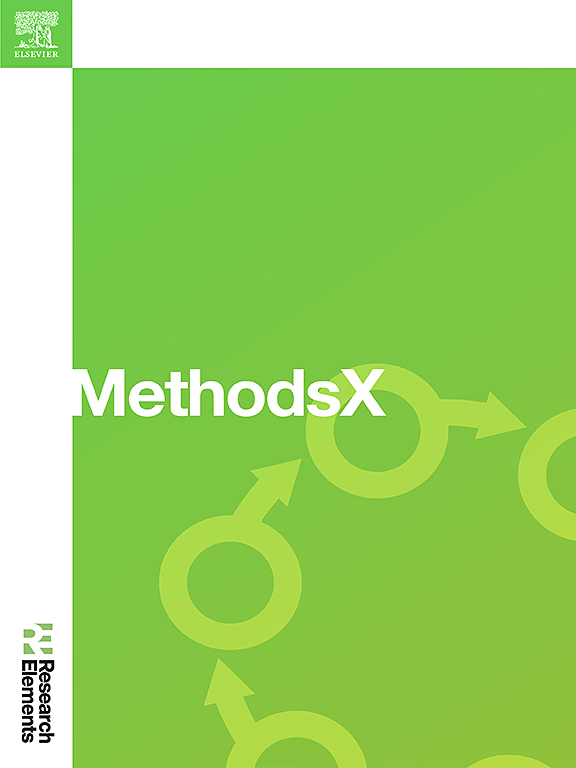人工智能时代深度假识别在虚拟现实环境中准实验评估的设计和方法过程
IF 1.6
Q2 MULTIDISCIPLINARY SCIENCES
引用次数: 0
摘要
如今,必须分析人工智能工具在专业领域的影响,以及它们对新闻和信息领域的影响。在这个领域,最受关注的一个方面是这些工具的使用,这些工具可以生成视听内容,用于制作深度伪造。本文介绍了用于进行准实验的方法,该实验旨在研究和分析年轻人在面对人工智能工具生成的深度伪造的可能暴露时的行为,以及他们识别深度伪造的能力。实验是在一个虚拟的环境中进行的,在这个环境中,参与者沉浸在与环境的互动中,在这个环境中,他们想象包含上下文元素的报纸头版。参与者必须审查虚拟环境中包含的信息,以确定显示的图像是否与真人或人工智能工具生成的人相对应。此外,在确定它是假的还是真实的图像伴随上下文元素的影响和重要性进行了分析。本文旨在详细介绍该实验中使用的方法,以促进其可复制性。•本文提出了一种详细指南的方法,可以在未来的学术研究中复制和复制,以了解不同人群的媒体饮食。•数据集提供的结果允许比较,纵向和复制研究。•介绍了虚拟环境设计的A-Frame框架,可用于准实验设计。本文章由计算机程序翻译,如有差异,请以英文原文为准。

Desing and methodological process for assessing quasi-experiments in virtual reality environments for deepfake recognition in the artificial intelligence era
Nowadays, the impact of artificial intelligence tools in the professional field must be analyzed, as well as their influence on the field of journalism and information. One of the aspects that has generated most concern in this area is the use of these tools, which can generate audiovisual content, for the creation of deepfakes. This article presents the methodology used to carry out a quasi-experiment designed to study and analyze the behaviour of young people in the face of possible exposure to deepfakes generated with artificial intelligence tools, as well as their ability to identify them. The experiment is conducted in a virtual environment in which participants are immersed in an interact with the environment in which they visualize newspaper front pages that include contextual elements. Participants must review the information included in the virtual environment to determine whether the images displayed correspond to real people or people generated with artificial intelligence tools. In addition, the influence and importance of the contextual elements accompanying an image in determining whether it is fake or real is analyzed. This article aims to detail the methodology used in this experiment to promote its replicability.
- •This article proposes the method of a detailed guide to be replicated and reproduced in future academic research to understand the media diet of different population groups.
- •Datasets are provided with results that allow for comparative, longitudinal and replication studies.
- •The A-Frame framework for the design of virtual environments is introduced and can be used for the design of quasi-experiments.
求助全文
通过发布文献求助,成功后即可免费获取论文全文。
去求助
来源期刊

MethodsX
Health Professions-Medical Laboratory Technology
CiteScore
3.60
自引率
5.30%
发文量
314
审稿时长
7 weeks
期刊介绍:
 求助内容:
求助内容: 应助结果提醒方式:
应助结果提醒方式:


